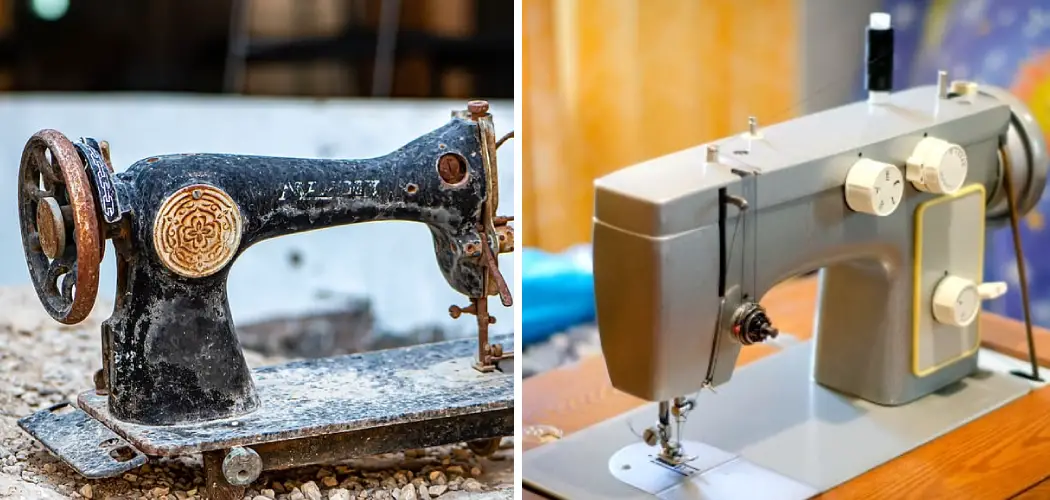When it comes to sewing machines, they often hold a special place in the hearts of avid sewers and crafters. However, there comes a time in every seamstress’s or seamster’s journey when they need to bid farewell to an old or malfunctioning sewing machine.
Properly disposing of a sewing machine is essential not only for environmental reasons but also to ensure that it doesn’t end up cluttering your space or causing safety hazards.
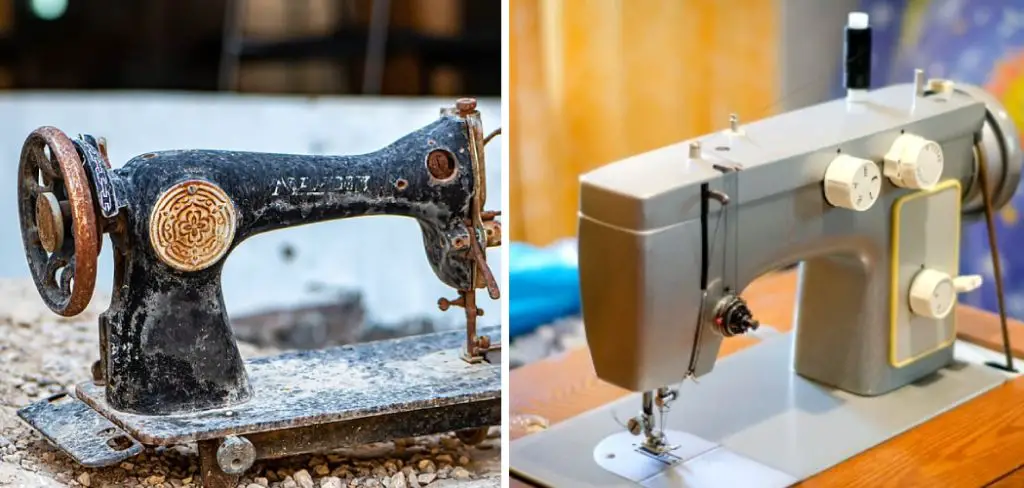
In this article, we’ll explore the various responsible and eco-friendly methods for how to dispose of a sewing machine, whether it’s a vintage model or a modern electronic one.
From recycling options to charitable donations and creative upcycling ideas, we’ll guide you through the process so you can part with your trusted stitching companion with a sense of satisfaction, knowing that it will find a new purpose or be recycled in an environmentally conscious manner.
So, if you’re wondering what to do with that old sewing machine gathering dust in your attic, read on to discover the best ways to give it a new lease on life or ensure its sustainable farewell.
The Importance of Responsible Sewing Machine Disposal
Sewing machines are complex pieces of machinery that require safe disposal when they reach the end of their life. While throwing away a sewing machine may seem like an easy solution, it can have serious environmental consequences if it’s not dealt with correctly. To ensure your old sewing machine is disposed of responsibly and doesn’t damage the environment, here are some tips for proper disposal.
First, check if your machine is still usable or has any parts that could be recycled. It may be possible to donate the machine to someone who can fix it up and use it, or you can try selling it to offset the cost of a new one. If none of these options are available, make sure to take apart the sewing machine and separate the metals, plastics and other materials for recycling.
If your machine is not able to be reused or recycled, you should contact a local waste management company to properly dispose of it. They will be able to take care of it in an environmentally friendly way that meets local regulations. You can also check with your municipality for any special requirements on how to dispose of it.
Finally, be sure to remove all personal information from the machine before disposing of it, including fabric and thread remnants that could contain your data. This will help keep your identity and data secure as you responsibly dispose of your old sewing machine.
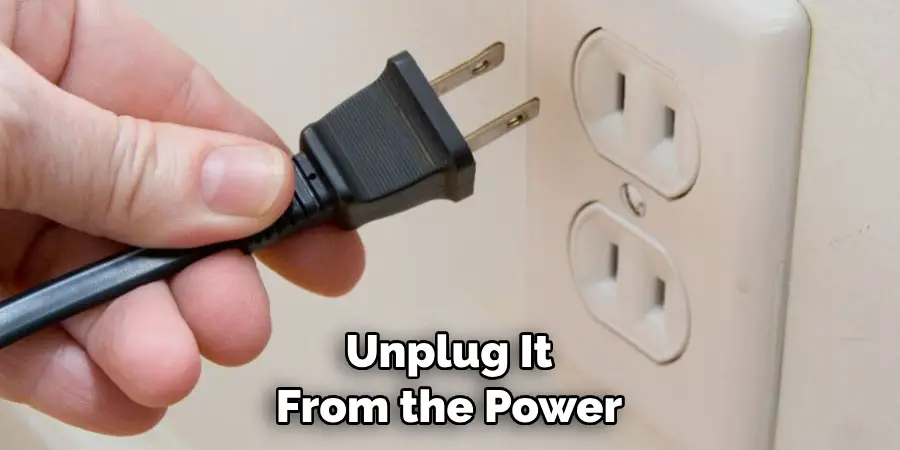
Environmental Impact of Improper Disposal
It is important to dispose of your sewing machine in a way that doesn’t harm the environment. Improper disposal can lead to the release of hazardous materials, including dangerous chemicals and heavy metals, into the environment. These substances are toxic to wildlife, plants, and people alike. In addition, improper disposal increases waste and contributes to air and water pollution.
Fortunately, it is easy to properly dispose of your sewing machine in a way that minimizes environmental impact. The best way to do this is to recycle the machine through a reputable recycling center or an e-waste facility.
This will ensure that your machine components are separated and recycled responsibly. You can also donate the sewing machine if it is still in working condition — many sewing-related charities accept donations of used machines.
If you cannot recycle or donate your machine, it is important to carefully dispose of the parts in an appropriate manner. Consider taking apart the machine and disposing of each component separately — this will prevent hazardous materials from entering landfills or waterways.
In some cases, you may need to take the machine to a hazardous waste facility if it contains certain components. Check local guidelines for more information.
10 Steps How to Dispose of a Sewing Machine
Unplug the Sewing Machine
Before disposing of a sewing machine, it is important to unplug it from the power source. This will help to prevent any electrical shocks or fires from occurring. Additionally, if the machine has been in use for a long period of time, it may be advisable to have it professionally serviced before disposing of it.
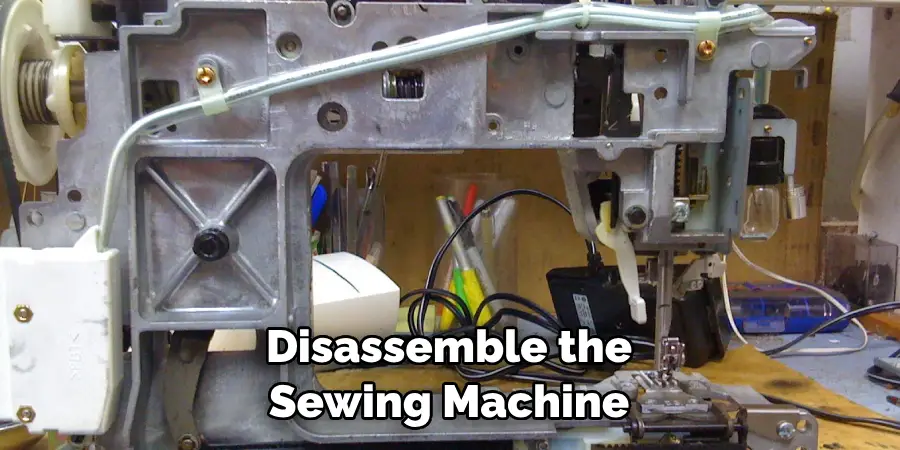
Remove All Accessories and Attachments
The next step is to remove all accessories and attachments that are attached to the sewing machine. This includes needles, bobbins, presser feet, and any other items that may have been added over time. It is also important to keep track of any screws or bolts that were used to attach these items, as they may be needed when reassembling the machine later on.
Clean Out Any Threads or Fabric Pieces
Once all accessories and attachments have been removed, it is important to clean out any threads or fabric pieces that may be stuck inside the machine. This can be done using a vacuum cleaner or by carefully removing them with tweezers or needle-nose pliers.
Disassemble the Sewing Machine
The next step is to disassemble the sewing machine itself. This should only be done if you are comfortable doing so; otherwise, it is best left up to a professional technician who can ensure that all parts are properly handled and disposed of safely.
Separate Metal Parts From Plastic Parts
Once the sewing machine has been disassembled, it is important to separate metal parts from plastic parts in order to ensure proper disposal methods are followed for each type of material. Metal parts should be recycled at a local scrap metal facility, while plastic parts should be taken to a local plastic recycling center for proper disposal and processing into new products such as furniture or toys.
Check Local Regulations
Before disposing of any part of the sewing machine, it is important to check local regulations regarding hazardous materials such as oil and lubricants used in machines like this one.
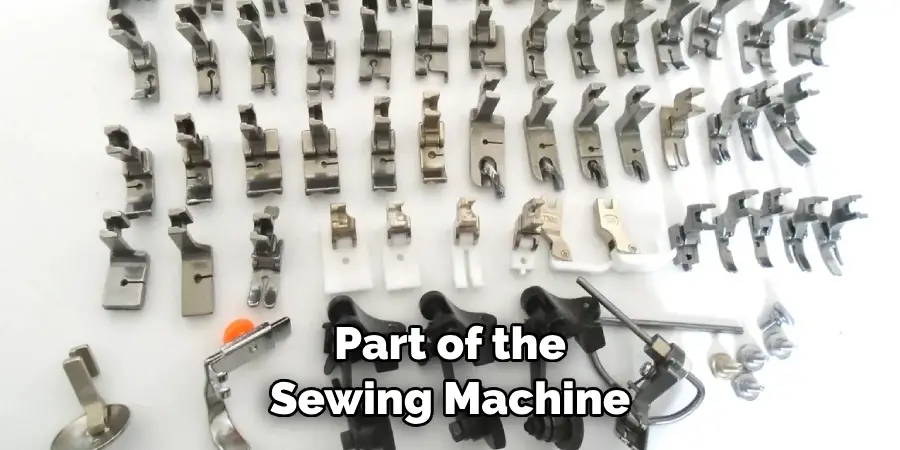
In many cases, these materials must be taken to special facilities for safe disposal in order to protect the environment from contamination due to improper handling or disposal methods being used by individuals who do not understand their potential risks and effects on human health and ecosystems alike.
Donate Unwanted Parts
If there are still usable components on your old sewing machine, consider donating them instead of throwing them away! Many thrift stores accept donations of gently used items such as sewing machines which can then be sold at reduced prices for those looking for an affordable option when starting out with their own projects or businesses related to textiles and fashion design work!
Additionally, there may also be organizations in your area that accept donations specifically geared toward helping people learn how to sew – these donations can go a long way towards helping someone get started with this rewarding hobby!
Recycle Packaging Materials
It’s also important not to forget about packaging materials when disposing of an old sewing machine! Many cities now offer curbside recycling programs that allow you to recycle cardboard boxes (and other paper packaging materials) – simply break down your box flat before putting it out with your regular recycling pick-up day!
Additionally, some cities even offer special drop-off locations where you can take larger items such as styrofoam packing peanuts – contact your local waste management office for more information about these programs!
Reuse Components When Possible
Finally, if you’re feeling particularly crafty (or just want something fun and unique!), consider taking apart your old sewing machine and using its components in other DIY projects around your home! For instance, you could use some spare screws from an old motor mount bracket as wall hooks; use some extra wiring from an old circuit board as festive holiday decorations; etc..
There’s no limit when it comes to reusing components from an old appliance – just remember safety first when working with electricity-related components!
Properly Dispose Of Old Machine Parts
When all else fails (or even if you don’t feel comfortable taking apart your old sewing machine), make sure you properly dispose of all remaining pieces according to their specific material types: metals should go into scrap metal bins; plastics into designated plastic bins; electronics into e-waste collection centers; etc.
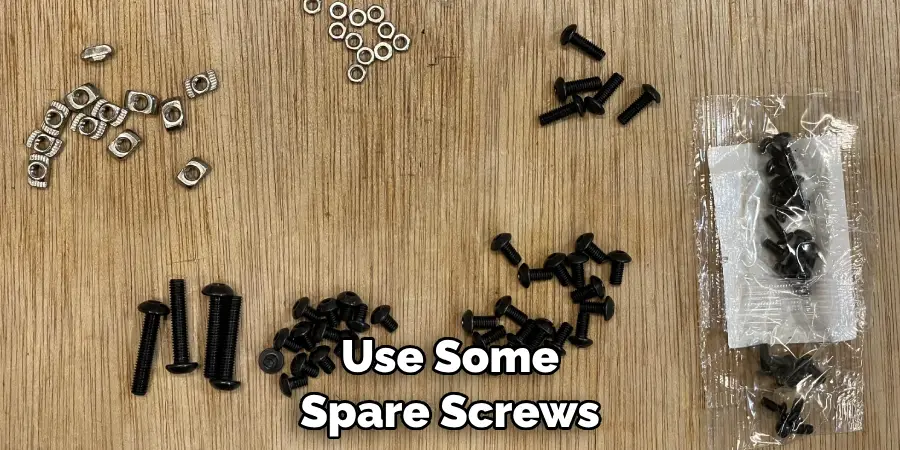
By properly disposing of our materials, we help protect our environment by reducing waste sent offsite landfills – plus we reduce our own carbon footprints too!
Conclusion
You have now learned how to properly dispose of a sewing machine. Although the process takes some time and effort, it is important, if you have an old or unwanted sewing machine, that you responsibly take the necessary steps.
First, safely disconnect the electric parts of the machine and hand them over to your local electronics center for recycling. From there, identify what will happen with components such as plastic shells and metal pieces – your state may have its own regulations in place to help you out.
Finally, if no other locations accept or recycle your sewing machine, you should contact a local dump or landfill who can assist you in properly disposing of it. Though this list provided some general tips on how to dispose of a sewing machine, be sure to look up more specific information for your location and state’s regulations.
You Can Check It Out to Hem Curtains With Sewing Machine

